The ochre-colored walls of Marrakech’s medina have witnessed centuries of stories whispered between sun and shadow. In this labyrinth of alleyways, light doesn’t merely illuminate—it performs. Each narrow passage becomes a stage where the desert sun, filtered through latticework and swaying lanterns, paints transient masterpieces on the uneven cobblestones. This is no ordinary city; Marrakech is a living shadow theater where every corner holds a secret script written in chiaroscuro.
Dawn arrives like a shy stagehand, nudging golden fingers through the gaps in terracotta rooftops. The first act begins as the muezzin’s call ricochets off the walls, sending elongated silhouettes of minarets sprawling across the plaza. Shopkeepers roll up their shutters with a clatter, their shadows stretching ten feet tall as they arrange pyramids of saffron and cascading carpets. The morning light here has a texture—thick with floating dust motes that transform sunbeams into visible columns, as if the sky itself is pouring liquid gold into the souk.
By midday, the performance turns bold. The African sun hammers down, carving the alleyways into alternating strips of blinding white and inky black. Arched doorways frame pockets of cool darkness where old men play endless games of sheshbesh, their faces half-lit like Rembrandt portraits. Occasionally, a burst of reflected light from a brass teapot or a sequined kaftan sends dazzling spotlights dancing across the walls. The shadows grow teeth here—sharp geometric patterns from wrought-iron moucharabieh screens gnaw at the edges of buildings, while palm fronds scribble calligraphic shapes on the ground.
As afternoon wanes, the production takes a surreal turn. The famous rose hour bathes everything in a blush tint, making the entire medina appear dipped in hibiscus tea. Shadows stretch into impossible lengths, turning a child chasing a soccer ball into a towering Giacometti figure. In the spice square, cumin and paprika dust hang suspended in the angled light, creating the illusion that the air itself is burning. It’s during these hours that the city’s famous storytellers gather in Jemaa el-Fnaa, their gesturing hands casting monstrous shapes on the walls behind them—modern echoes of the shadow puppetry traditions that once thrived here.
Nightfall brings the grand finale. Gas lamps flicker to life, their trembling halos battling against the indigo darkness. The play of light becomes more intimate now—a single bulb inside a lantern turns a passing woman’s silhouette into a shadow puppet show against a stucco wall. Rooftop restaurants glow like paper lanterns suspended above the maze, while in the hidden riads, candlelight swims across centuries-old zellige tiles, making the geometric patterns appear to move. Even the moon participates, silvering the Atlas Mountains in the distance and casting the Koutoubia Mosque’s minaret as a towering shadow across the sleeping city.
This eternal performance requires no audience. The light dances whether anyone watches or not, tracing the same paths it has for eight hundred years since the Almoravids first built these walls. Modernity has brought electricity and neon, but the old quarters stubbornly cling to their ancient light choreography. To walk these alleys is to step into a camera obscura where the entire city becomes a projection of itself—a place where shadows have weight, texture, and intention. The true genius of Marrakech lies not in its ability to create beauty, but in how it convinces every visitor that they’ve stumbled upon a private show staged just for them, when in reality, the spectacle has been running continuously since the 12th century.
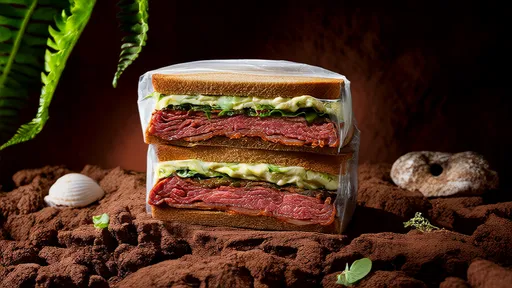
By /Jul 16, 2025
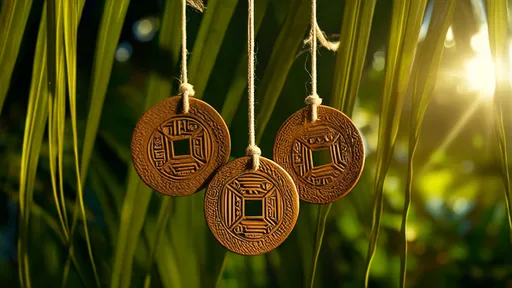
By /Jul 16, 2025

By /Jul 16, 2025

By /Jul 16, 2025

By /Jul 16, 2025
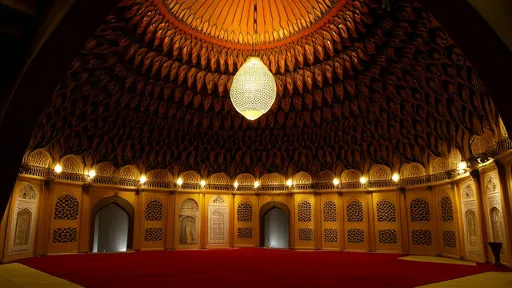
By /Jul 16, 2025

By /Jul 16, 2025

By /Jul 16, 2025

By /Jul 16, 2025
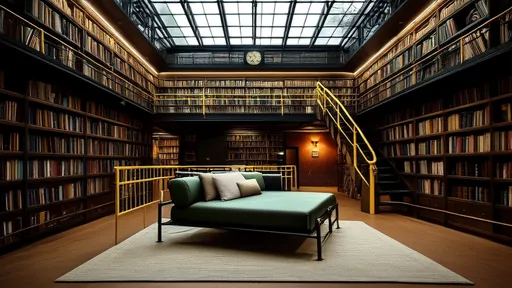
By /Jul 16, 2025
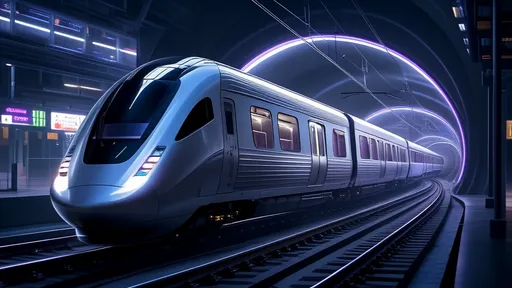
By /Jul 16, 2025
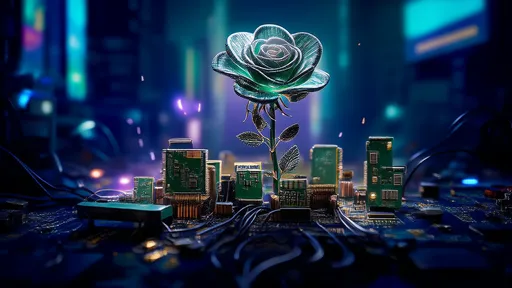
By /Jul 16, 2025

By /Jul 16, 2025
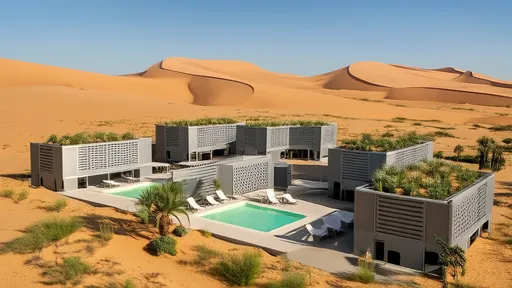
By /Jul 16, 2025

By /Jul 16, 2025
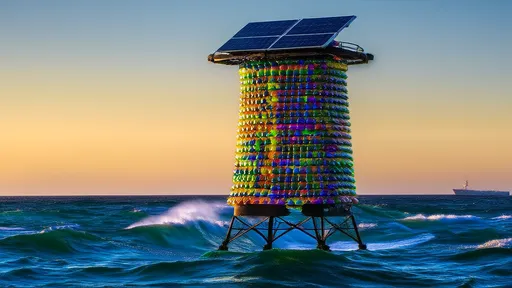
By /Jul 16, 2025
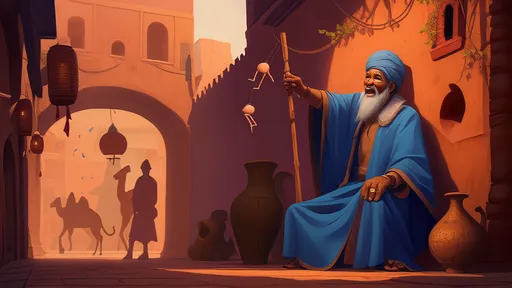
By /Jul 16, 2025
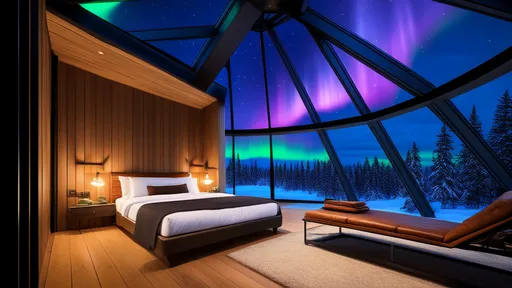
By /Jul 16, 2025